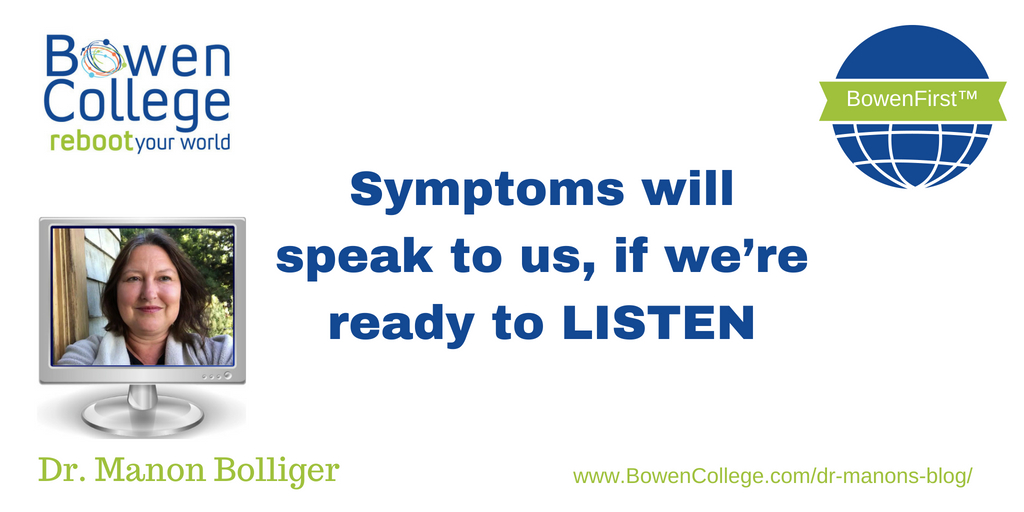The term “prescription” requires exploring the patient-doctor relationship. It should reaffirm the doctor’s purpose, opening up the healing dialogue. My conviction is that the body’s symptoms call upon us to LISTEN: they’re trying to say something.
This is true of pain, inflammation, disease and even symptoms with no established category. If we take a more integrative approach and look at the appearance of these symptoms outside our contemporary paradigm, we can question the conventional “pragmatic” approach to cut or burn, bandage and forget, which decontextualizes the body from nature and meaning. Just because we don’t understand the meaning of these symptoms is no reason to shrink our diagnostic framework and prescribe only for the “understood” part of the story.
It has become clear to me that the “solution” for the patient has to reflect the “problem,” and if the diagnosis is not seen as addressing the problem, how on earth could a solution for the diagnosis be of any help?
Recent research on pain and the problems encountered with the definition of chronic pain, pain management issues, and the paucity of treatment options, concludes that it is crucial for the patient be fully engaged in their healing journey.
Pain is an especially revealing case for understanding the importance of listening to symptoms as part of an effective prescription. I’ll have more to say about this in my next post.









